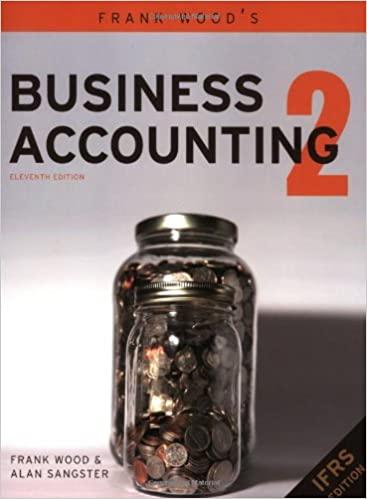What is the maximum amount excludable from gross income for a dependent care assistance program for an employee wh is married filing jointly? OA. $5,000 B. $6,000 C. $7,000 OD. $8,000 An employer following reasons except: can exclude the value of lodging he or she furnishes to an employee from the employee's wages for all of the A. It is furnished on the business premises OB. It is furnished for the employer's convenience C. The employee must accept it as a condition of employment O D. The employer will allow the employee to choose to receive additional pay instead of lodging Lara's required minimum distribution (RMD) for 2017 is $10,000 however she has only withdrawn $2,000 from her IRA by the deadline. What is the amount of Lara's excess accumulation penalty for the insufficient withdrawal? B. $4,000 OC. $8,000 O D. $10,000 Carl, a single filer, has $145,000 in self-employment income and $130,000 in wages. Carl's employer did not withhold Additional Medicare Tax. Therefore, Carl is liable to pay Additional Medicare Tax on what amount of self-employment income? A. $0 B. $75,000 C. $130,000 O D. $145,000 Harvey is the sole proprietor of a flower shop. He drove his van 20,000 miles during the year. 16,000 miles were for delivering flowers to customers and 4,000 miles were for personal use. Instead of figuring actual expenses, Harvey decides to use the standard mileage rate to figure the deductible costs of operating his van. What amount can Harvey claim as the cost of operating his van as a business expense in 2017? B. $4,600 C. $8,560 D. $9,820 All of the following are true when reporting car and truck expenses on Schedule C except: g the company logo, displays, or advertisements on a vehicle changes the use from personal to business use O B. If the taxpayer owns or leases five or more cars that are used for business at the same time, he or she must use the actual expense method C. If the taxpayer takes the standard mileage rate, multiply the number of business miles driven by 53.5 cents D. If the taxpayer takes the standard mileage rate, add to the total amount any amounts for parking fees and tolls When deducting travel expenses on Schedule C, a taxpayer cannot deduct expenses paid or incurred in connection with employment away from home if that period of employment exceeds what amount of time? O A. 3 months B. 6 months O C. 9 months D. 12 months The general rule is that taxpayers who use a part of the home for legitimate business purposes can deduct expenses allocable to that portion of the home used for those business purposes. To meet this qualification all of the following must apply except: A. Part of the home is exdusively used on a regular basis as the principal place of business for any of the trades or businesses B. Part of the home is exclusively used on a regular basis as a place of business used by patients clients or customers to meet or deal with the taxpayer in the normal course of the trade or business O C. Part of the home is exclusively used on a regular basis in connection with the trade or business if it is a separate structure that is not attached to the home O D. Part of the home is used on a regular basis as a home office and family room used by the rest of the family for entertainment In 2017, Noelle, a self-employed landscaper who uses the cash method of accounting, signed a 3-year health insurance contract. She paid premiums of $500 for 2017, $550 for 2018, and $600 for 2019 when she signed the contract. What amount can she deduct for the premiums on her 2017 income tax returni OB. $250 C. $500 D. $1,050 A taxpayer can generally deduct premiums he or she pays for all of the following kinds of insurance related to business except: OA. Medical and dental insurance for him or herself and his or her family B. Liability insurance O C. Insurance to secure a loan O D. Workers' Compensation insurance
















